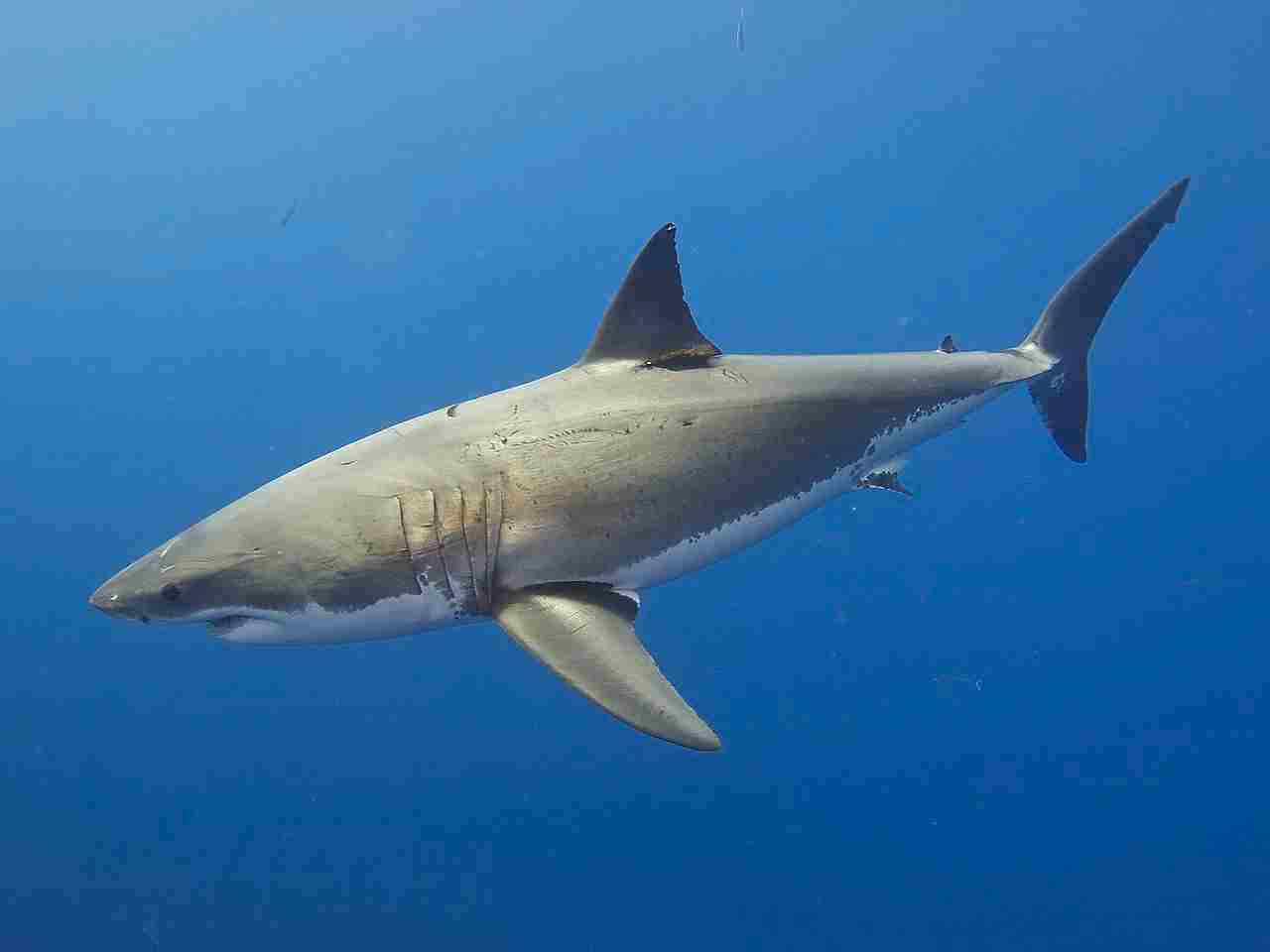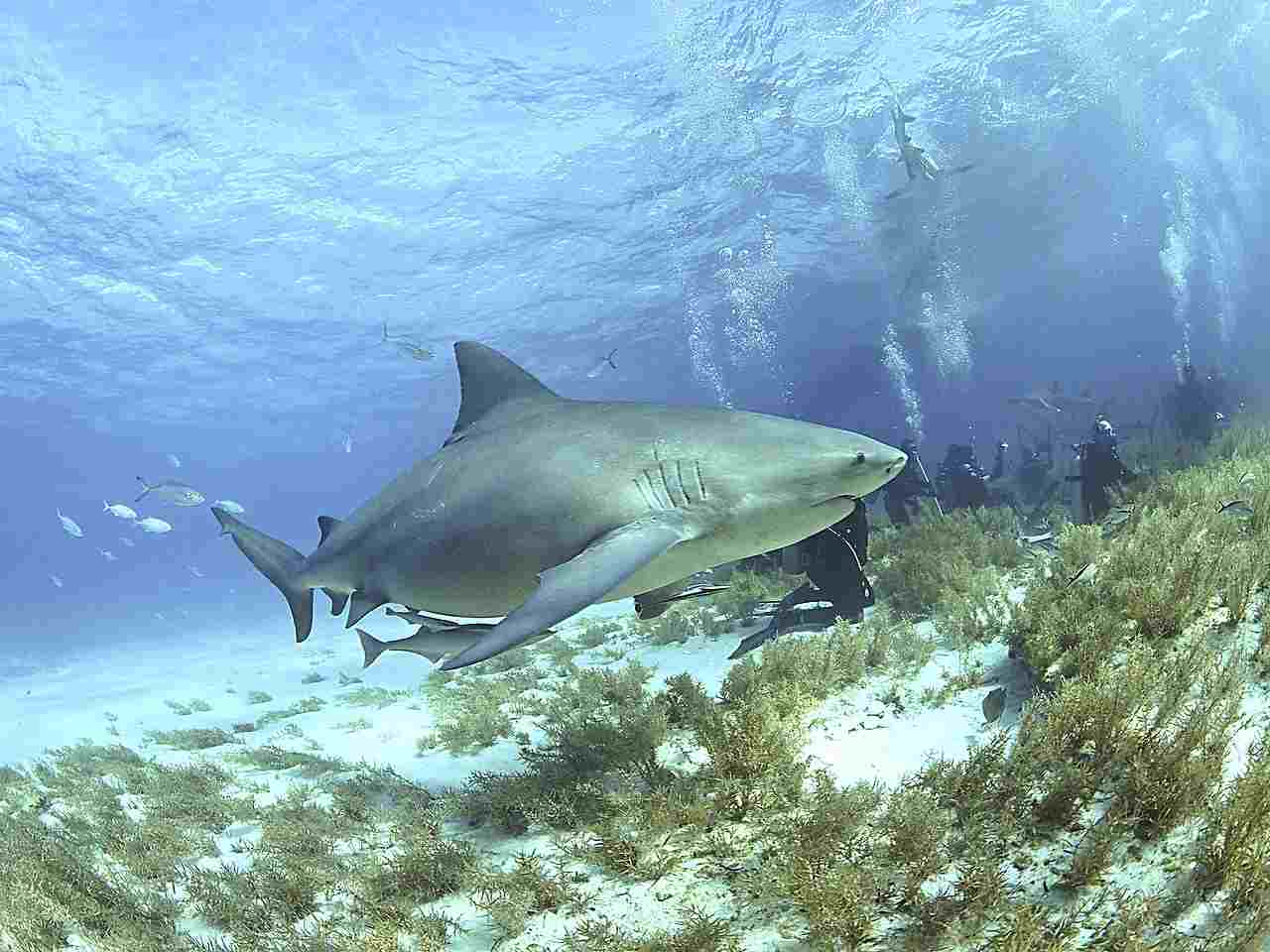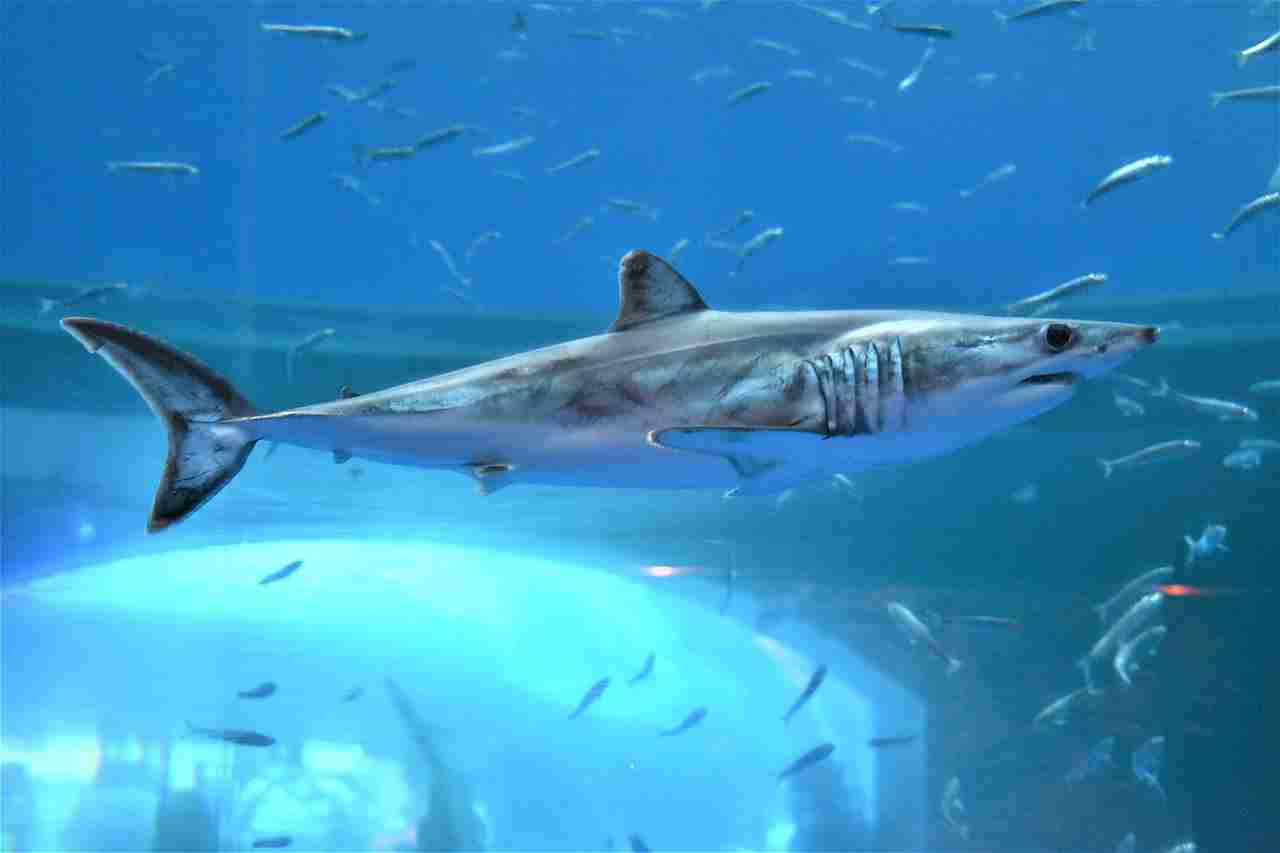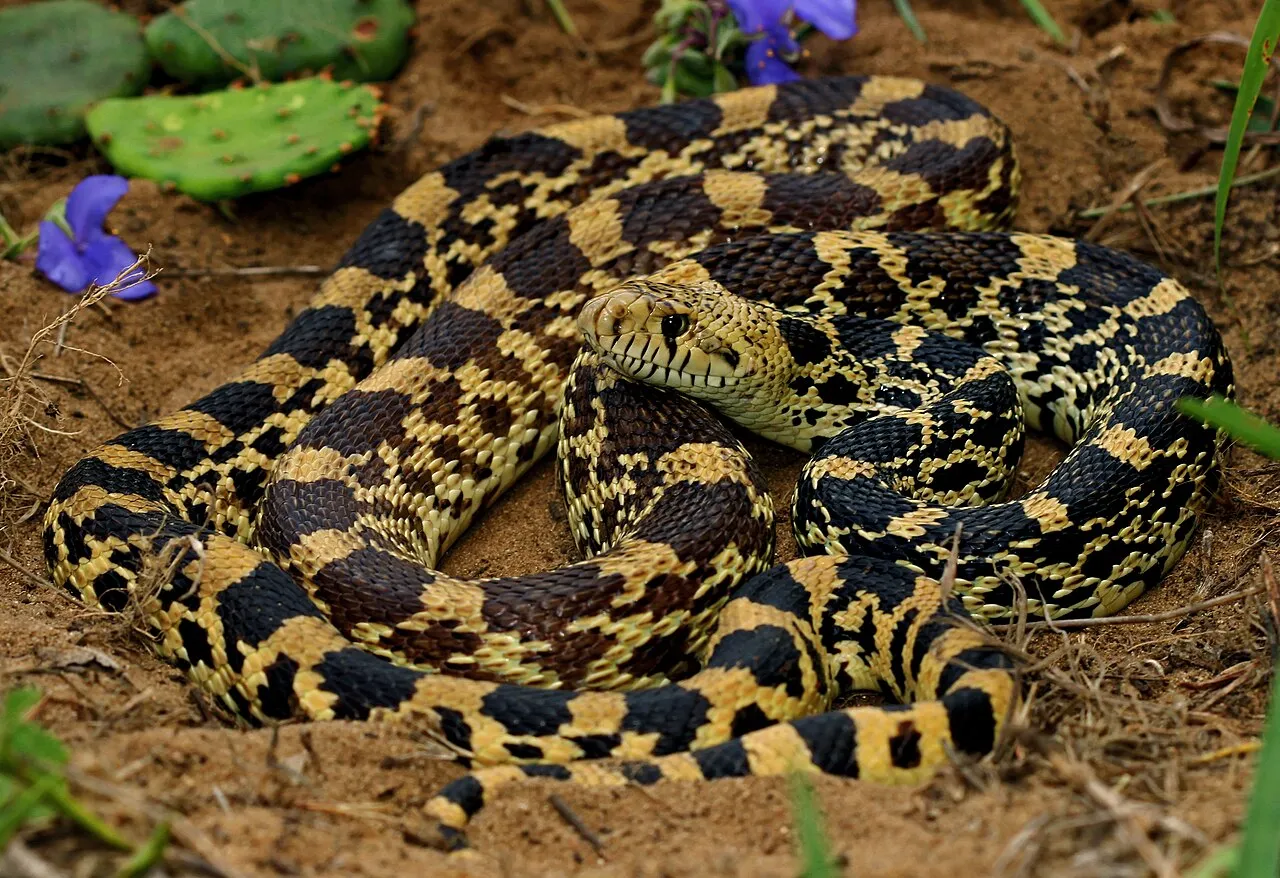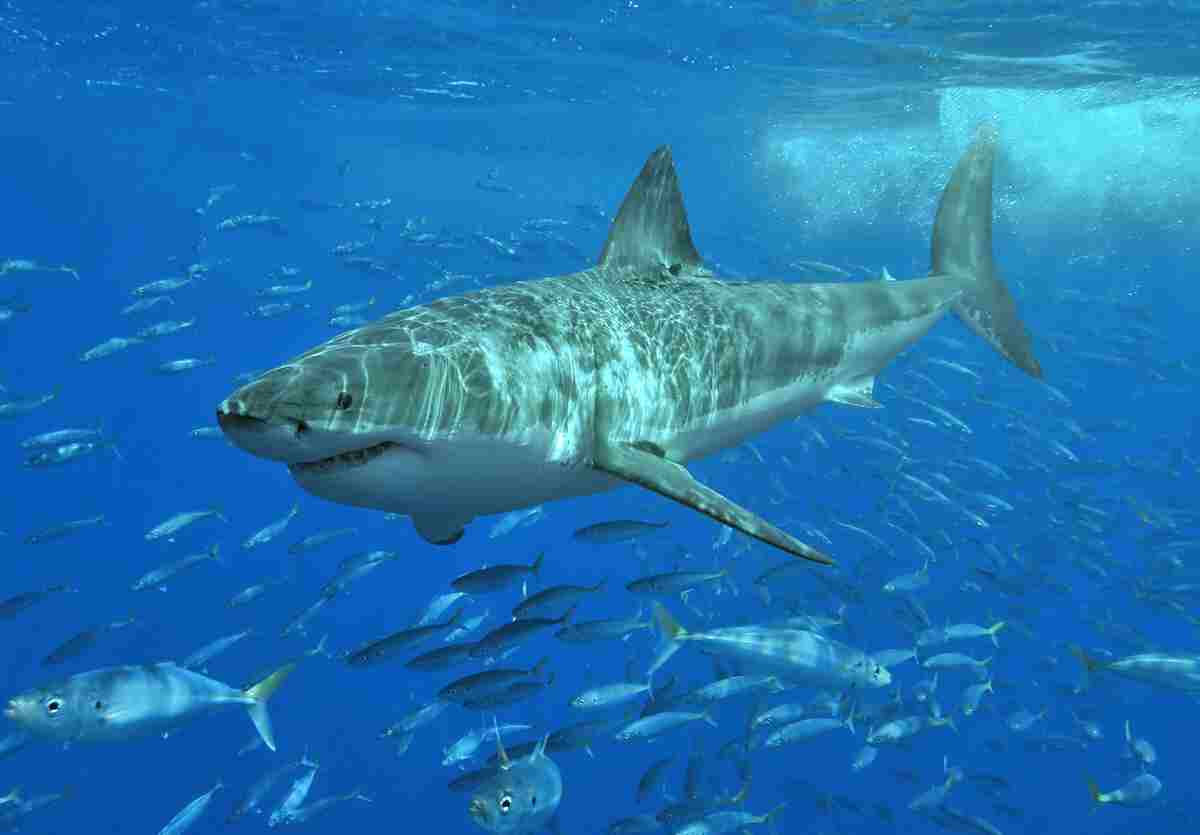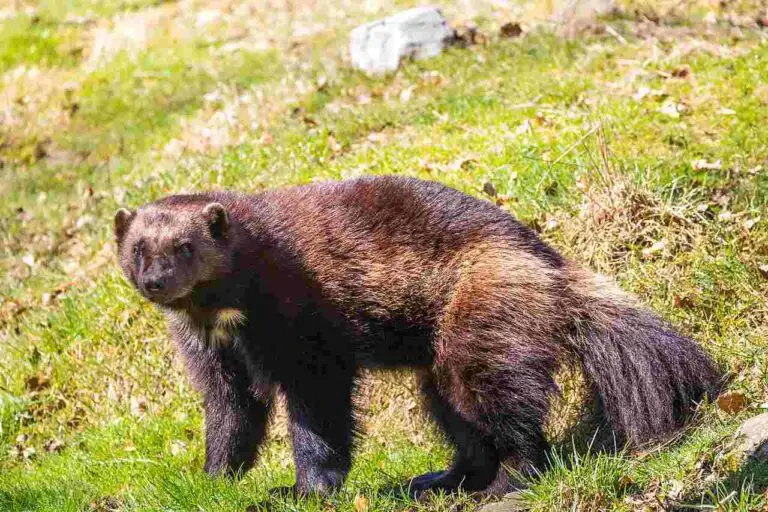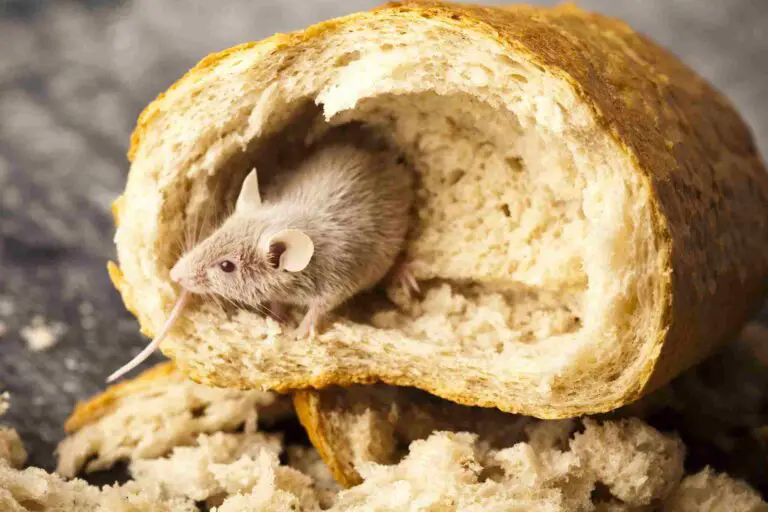23+ Dangerous Animals In Puerto Rico Discussed
Examples of dangerous animals in Puerto Rico are the Puerto Rican Boa, known for being the largest native snake, and the Brown Recluse Spider, whose venom can cause necrosis. Other dangerous creatures include the Black Widow Spider, Bullet Ant, and Tarantula. Aquatic threats include Sea Urchins with venomous spines, the Moray Eel with powerful jaws, and the venomous Box Jellyfish. Among the most dangerous sea creatures are sharks like the Bull Shark, Tiger Shark, and Great White Shark. Additionally, the Blue-Ringed Octopus and Cone Snail pose significant risks due to their potent venom.
1. Puerto Rican Boa
The Puerto Rican Boa (Epicrates inornatus) is the largest snake native to Puerto Rico, reaching lengths of up to 7 feet. Although its size might seem intimidating, this boa is generally not aggressive toward humans. It is a constrictor, which means it subdues its prey by coiling around it and squeezing. The Puerto Rican Boa primarily hunts at night, preying on small mammals, birds, and lizards in the dense forests and mountainous regions. Despite its fearsome reputation, it’s an endangered species and plays a vital role in the island’s ecosystem. Efforts to conserve this unique snake are crucial, as it helps maintain the balance within Puerto Rico’s diverse wildlife.
2. Brown Recluse Spider
The Brown Recluse Spider (Loxosceles reclusa) is one of the most dangerous spiders found in Puerto Rico. Characterized by its violin-shaped marking on the cephalothorax, this spider is typically reclusive, preferring dark, secluded spaces. Although bites are rare, they can be medically significant, leading to necrosis and other severe complications. Immediate medical attention is required to manage the symptoms and prevent secondary infections. While not aggressive by nature, the Brown Recluse can be encountered in homes and other human structures, making it essential to exercise caution when moving stored items or clothing.
3. Black Widow Spider
The Black Widow Spider (Latrodectus mactans) is renowned for its shiny black body and red hourglass marking on the abdomen. It is one of the most venomous spiders in Puerto Rico, with venom potent enough to cause severe pain, muscle cramps, and neurological symptoms. Though bites are rare and usually occur when the spider is disturbed, they can lead to serious medical emergencies, particularly in children and the elderly. The Black Widow typically dwells in dark, sheltered places like woodpiles or sheds, and caution should be exercised when reaching into such areas.
4. Bullet Ant
The Bullet Ant (Paraponera clavata) is notorious for its incredibly painful sting, said to be the most painful of any insect. Found in Puerto Rico’s dense tropical forests, this large ant can grow up to an inch in length. Its sting is likened to a gunshot wound, causing intense pain that can last for hours or even a day. Though Bullet Ants generally do not pose a lethal threat to humans, their sting can trigger severe allergic reactions in some individuals. These ants live in colonies and are generally encountered during outdoor activities like hiking or forest exploration.
5. Tarantula
Tarantulas are large, hairy spiders found in Puerto Rico’s forests and wilderness areas. While their size and appearance might be intimidating, most tarantulas are relatively docile and pose little threat to humans. However, they do have venomous fangs that can cause pain, swelling, and localized reactions if bitten. Tarantulas typically prey on insects and small animals, contributing to the ecosystem’s balance. Encounters with humans are infrequent, but it’s still wise to use caution and avoid handling them without proper training and protection.
6. Mosquito (Disease-Carrying)
Mosquitoes in Puerto Rico are known carriers of diseases like dengue fever, Zika virus, and chikungunya. These tiny insects breed in standing water and are most active during dusk and dawn. Their bites can transmit viruses to humans, leading to potentially severe health complications. Public health efforts in Puerto Rico focus on mosquito control and education about protective measures like insect repellent and mosquito nets. Given their capacity to spread disease, mosquitoes are a significant public health concern, especially during rainy seasons when their populations surge.
7. Fire Ant
Fire Ants (Solenopsis invicta) are aggressive, venomous insects found in Puerto Rico. Known for their reddish color and painful stings, Fire Ants build large mounds and will attack en masse if disturbed. Their venom can cause intense burning pain, swelling, and allergic reactions in some individuals. In extreme cases, stings can lead to anaphylactic shock. Fire Ants are common in lawns, fields, and parks, and their aggressive behavior requires caution, especially for those with allergies to insect stings. Effective control measures and awareness are essential to avoid painful encounters.
8. Scorpion
Scorpions in Puerto Rico are venomous arachnids with a distinctive tail ending in a stinger. While their venom is not typically deadly to humans, it can cause intense pain, swelling, and other localized reactions. In some cases, especially for children and the elderly, the venom can trigger more severe symptoms. Scorpions are nocturnal and often hide in dark, sheltered places, increasing the risk of accidental encounters. Though they play a vital role in controlling insect populations, precautions should be taken when exploring areas where scorpions might reside.
9. Scolopendra Centipede
The Scolopendra Centipede is a large, venomous centipede species found in Puerto Rico. Known for its elongated body and numerous legs, this centipede can reach up to 12 inches in length. Its venomous bite is extremely painful and can cause severe swelling, fever, and other adverse reactions in some individuals. Though not typically lethal, bites require prompt medical attention to manage symptoms and prevent complications. Scolopendra Centipedes are nocturnal predators that hunt insects and small vertebrates, and they can be found in humid, dark areas such as forests and caves.
10. Sea Urchin
Sea Urchins are spiny marine creatures commonly found in Puerto Rico’s coastal waters and coral reefs. While they play a crucial role in the marine ecosystem, their sharp spines can cause painful injuries if stepped on or handled carelessly. Some species also have venomous spines that can lead to intense pain, swelling, and, in some cases, severe reactions requiring medical attention. Sea Urchins are often encountered by swimmers, snorkelers, and divers, so caution is advised when exploring the underwater environment to avoid painful encounters with these creatures.
11. Moray Eel

Moray Eels are large, carnivorous eels commonly found in Puerto Rico’s coral reefs and rocky coastal areas. Known for their elongated bodies and formidable jaws, Moray Eels can deliver a powerful bite if provoked or threatened. While they are generally reclusive and avoid human interaction, divers and snorkelers should exercise caution around their hiding spots in crevices and underwater caves. Moray Eels play an important role in the marine ecosystem as predators, but their aggressive nature when disturbed makes them potentially dangerous to humans.
12. Barracuda
The Barracuda is a predatory fish with a sleek, elongated body and sharp teeth, found in Puerto Rico’s coastal waters. Known for its speed and aggression, the Barracuda can be a threat to humans if it feels threatened or if it mistakes a shiny object for prey. While attacks on humans are rare, divers and snorkelers should avoid wearing shiny jewelry or accessories that could attract the Barracuda’s attention. These fish play an important role in the marine ecosystem by controlling prey fish populations, but caution is advised when encountering them in the wild.
13. Lionfish
Lionfish are invasive, venomous fish species in Puerto Rico’s coastal waters and coral reefs. Recognized for their striking appearance with long, flowing spines, Lionfish are aggressive predators that threaten local marine ecosystems. Their venomous spines can cause intense pain, swelling, and other severe reactions in humans. Due to their invasive nature, Lionfish are targeted for removal by conservationists, as they disrupt the balance of native marine species. Divers and snorkelers should be cautious around these fish and avoid contact with their venomous spines.
14. Bull Shark
The Bull Shark (Carcharhinus leucas) is a large, aggressive shark species found in Puerto Rico’s coastal and inland waters. Known for its adaptability to freshwater and brackish environments, the Bull Shark can pose a threat to humans due to its aggressive behavior and tendency to swim close to shorelines. While shark attacks are rare, Bull Sharks are responsible for a significant proportion of attacks worldwide. Swimmers, surfers, and divers should exercise caution and be aware of shark activity in areas known for Bull Shark presence. Despite their fearsome reputation, Bull Sharks play a crucial role in maintaining marine ecosystems.
15. Tiger Shark
The Tiger Shark (Galeocerdo cuvier) is one of the largest and most dangerous shark species found in Puerto Rico’s coastal waters. Recognized for its distinctive striped pattern, the Tiger Shark is an apex predator with a varied diet, including fish, marine mammals, and even sea turtles. While shark attacks on humans are rare, Tiger Sharks are responsible for a significant number of shark-related incidents worldwide. Swimmers and divers should remain vigilant in areas known for Tiger Shark activity and follow safety guidelines to minimize the risk of encounters. Despite their reputation, these sharks play an important role in maintaining marine biodiversity.
16. Great White Shark
The Great White Shark (Carcharodon carcharias) is perhaps the most famous and feared shark species, known for its size, power, and predatory behavior. While less common in Puerto Rico compared to other parts of the world, Great Whites can be found in the surrounding waters, particularly during certain seasons. Their large size and powerful jaws make them potentially dangerous, and they are responsible for many high-profile shark attacks on humans. Despite this, Great Whites are an essential part of marine ecosystems, and efforts to understand and protect them are ongoing. Swimmers and divers should exercise caution and follow safety protocols in areas where Great Whites might be present.
17. Box Jellyfish
The Box Jellyfish is one of the most venomous creatures in Puerto Rico’s coastal waters. Characterized by its cube-shaped body and long, trailing tentacles, this jellyfish can deliver a potent sting that can cause severe pain, respiratory distress, and, in extreme cases, even death. Encounters with Box Jellyfish are rare, but swimmers and divers should be aware of the risks and take precautions to avoid them. If stung, immediate medical attention is required to manage symptoms and prevent complications. Despite their danger to humans, Box Jellyfish play an important role in the marine food chain.
18. Portuguese Man o’ War
The Portuguese Man o’ War (Physalia physalis) is a venomous marine organism often mistaken for a jellyfish. Found in Puerto Rico’s coastal waters, it has a distinctive gas-filled float and long tentacles that contain potent venom. Contact with these tentacles can cause severe pain, welts, and in some cases, respiratory distress or allergic reactions. The Portuguese Man o’ War is usually found on or near the water’s surface, posing a risk to swimmers and beachgoers. If stung, immediate medical attention is necessary. Despite its menacing reputation, the Portuguese Man o’ War is a crucial part of the marine ecosystem, providing food for some predators.
19. Stingray
Stingrays are flat, cartilaginous fish with long, venomous tails, common in Puerto Rico’s coastal waters. Although generally peaceful, stingrays can become aggressive if threatened or accidentally stepped on. Their tails contain venomous barbs that can cause severe pain, swelling, and even more serious complications if not treated promptly. Swimmers and beachgoers should shuffle their feet when wading in shallow water to avoid startling stingrays, reducing the risk of a sting. Despite their potential danger, stingrays are an essential part of the marine ecosystem, feeding on small fish and invertebrates.
20. Cone Snail
The Cone Snail is a venomous marine snail found in Puerto Rico’s coastal waters. Characterized by its beautifully patterned shell, this snail is deceptive in its appearance, as it possesses a harpoon-like tooth capable of delivering venom that can cause paralysis, respiratory failure, or even death. Encounters with Cone Snails are rare, but caution is advised when handling or collecting shells in coastal areas. If bitten, immediate medical attention is crucial. Despite their venomous nature, Cone Snails play an important role in the marine ecosystem, preying on small fish and other marine organisms.
21. Stonefish
The Stonefish is one of the most venomous fish species in Puerto Rico’s coastal waters. Known for its ability to blend in with its surroundings, the Stonefish can easily be mistaken for a rock or coral, making it a significant hazard for swimmers and divers. If stepped on or touched, its venomous spines can cause excruciating pain, swelling, and even paralysis or respiratory distress in severe cases. Immediate medical attention is required if stung by a Stonefish. Despite their dangerous reputation, Stonefish play a role in controlling fish populations in their natural habitats.
22. Blue-Ringed Octopus
The Blue-Ringed Octopus is a small yet extremely venomous octopus found in Puerto Rico’s coastal waters. Recognized for its distinctive blue rings that appear when it’s agitated, this octopus can deliver a bite containing potent tetrodotoxin, which can cause paralysis and respiratory failure, leading to death if not treated promptly. Encounters with the Blue-Ringed Octopus are rare, and it generally avoids human interaction. However, swimmers and divers should exercise caution and avoid handling or disturbing them. Despite their deadly venom, Blue-Ringed Octopuses are fascinating creatures, exhibiting remarkable intelligence and complex behavior.
23. Electric Eel
The Electric Eel (Electrophorus electricus) is a unique freshwater fish found in some parts of Puerto Rico. Known for its ability to generate electric shocks of varying intensity, this fish uses its electric organs for hunting and self-defense. While generally not aggressive toward humans, an encounter with an Electric Eel can be dangerous, as it can deliver powerful shocks capable of stunning or even incapacitating a person. Caution is advised when exploring freshwater habitats where Electric Eels may reside. Despite their potential threat, Electric Eels play an important role in their ecosystem by controlling other fish and aquatic populations.
24. Sea Snake
Sea Snakes are highly venomous reptiles found in Puerto Rico’s coastal waters. Although their bites are rare, they can be extremely dangerous due to the potent venom, which can cause paralysis, respiratory failure, and even death if not treated promptly. Sea Snakes are generally non-aggressive and tend to avoid humans, but swimmers and divers should be aware of their presence and avoid disturbing them. Despite their venomous nature, Sea Snakes play an essential role in marine ecosystems, feeding on small fish and other aquatic life. If bitten by a Sea Snake, immediate medical attention is required.
| Animal | Description |
| Puerto Rican Boa |
Largest native snake in Puerto Rico, reaching up to 7 feet. It is a constrictor, not typically aggressive, and is endangered.
|
| Brown Recluse Spider |
A reclusive spider with a violin-shaped marking, capable of causing necrosis and severe complications.
|
| Black Widow Spider |
A shiny black spider with a red hourglass marking; its venom can cause severe pain and neurological symptoms.
|
| Bullet Ant |
Known for the most painful sting of any insect, causing intense pain that can last for hours or days.
|
| Tarantula |
Large, hairy spiders that can deliver painful bites; generally docile, but caution is advised.
|
| Mosquito (Disease-Carrying) |
Carries diseases like dengue, Zika, and chikungunya, posing significant public health risks.
|
| Fire Ant |
Aggressive ants with painful venomous stings that can cause severe allergic reactions.
|
| Scorpion |
Venomous arachnids that can cause severe pain and localized reactions; nocturnal and often found in dark places.
|
| Scolopendra Centipede |
Large, venomous centipede known for painful bites; can reach up to 12 inches in length.
|
| Sea Urchin |
Spiny marine creatures; some species are venomous, causing pain and severe reactions if stepped on.
|
| Moray Eel |
Large carnivorous eels with powerful jaws; can be aggressive when disturbed, delivering painful bites.
|
| Barracuda |
Aggressive predatory fish with sharp teeth; attracted to shiny objects, posing risks to swimmers and divers.
|
| Lionfish |
Invasive, venomous fish with long spines; venom can cause intense pain and severe reactions in humans.
|
| Bull Shark |
Aggressive shark found in coastal and inland waters; responsible for a significant proportion of shark attacks.
|
| Tiger Shark |
Large, dangerous shark with a varied diet; responsible for several shark-related incidents worldwide.
|
| Great White Shark |
Famous and feared shark species; can deliver powerful bites; rare in Puerto Rico but potentially dangerous.
|
| Box Jellyfish |
Venomous jellyfish with long tentacles; stings can cause severe pain and respiratory distress.
|
| Portuguese Man o’ War |
Venomous marine organism with long tentacles; can cause severe pain and allergic reactions.
|
| Stingray |
Flat fish with venomous tails; can cause intense pain and severe complications if stung.
|
| Cone Snail |
Venomous marine snail with a harpoon-like tooth; venom can cause paralysis and respiratory failure.
|
| Stonefish |
Highly venomous fish resembling a rock; venomous spines can cause severe pain and even paralysis.
|
| Blue-Ringed Octopus |
Small, highly venomous octopus; its bite contains potent tetrodotoxin, causing paralysis and respiratory failure.
|
| Electric Eel |
Freshwater fish capable of generating electric shocks; generally not aggressive but can stun or incapacitate.
|
| Sea Snake |
Highly venomous sea snake; bites can cause respiratory failure and paralysis if not treated promptly.
|
